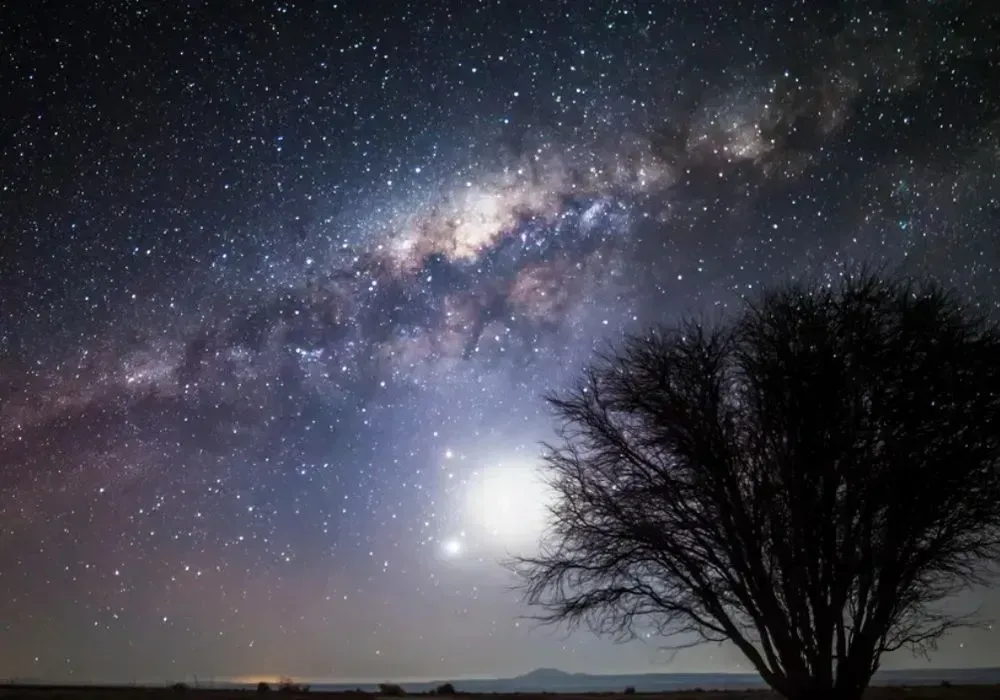New observatory in Chile - the highest in the world - aims to reveal the origin of planets and galaxies
Kyiv • UNN
The new observatory, built by Japanese scientists at an altitude of 5,640 meters in Chile's Atacama Desert, which is currently the highest astronomical observatory in the world, aims to unlock the secrets of the origin of the Universe and dark energy with a unique 6.5-meter infrared telescope optimized for studying extremely distant galaxies from the early Universe.

In the Chilean desert, Japanese scientists have built a unique telescope that will help solve the world's greatest mysteries. April 30, 2024. This was reported by UNN with reference to Tagesschau.
Details
A new observatory of the University of Tokyo (TAO) has been opened at the top of Mount Chahnantor in the Atacama Desert in northern Chile, at an altitude of 5,640 meters, and is currently the highest astronomical observatory in the world. Japanese scientists have designed a unique telescope optimized for infrared radiation with an aperture of 6.5 meters in diameter.
The telescope is designed to study the nature of the Universe and the origin of life
"I am committed to uncovering the mysteries of the universe, such as dark energy and the primordial first stars. To do this, I need to see the sky in a way that is only possible with TAO," said Professor Emeritus Yuzuru Yoshii, who has been leading the TAO project for 26 years as principal investigator since 1998.
According to the researchers, the galaxies that formed in the early days of the Universe are extremely distant and are moving away from us in accordance with the cosmic expansion. The light from these galaxies is shifted to longer, redder wavelengths.

This extremely dry location has less water vapor in the atmosphere than any other place on Earth. Because water vapor absorbs infrared rays from the universe, these unique conditions, along with almost daily clear skies, make this one of the best places for space infrared observations

Recall
The James Webb Space Telescope has begun to study the exoplanet K2-18b. It is twice as large as the Earth and is located at a distance of 120 light years from us. The planet attracted special attention of astronomers because biosignatures were found in its atmosphere.
On Mars, "spider-like" structures are forming under the ice. A new image of these patterns, centered in a dark zone on the outskirts of an area known as the City of the Incas.